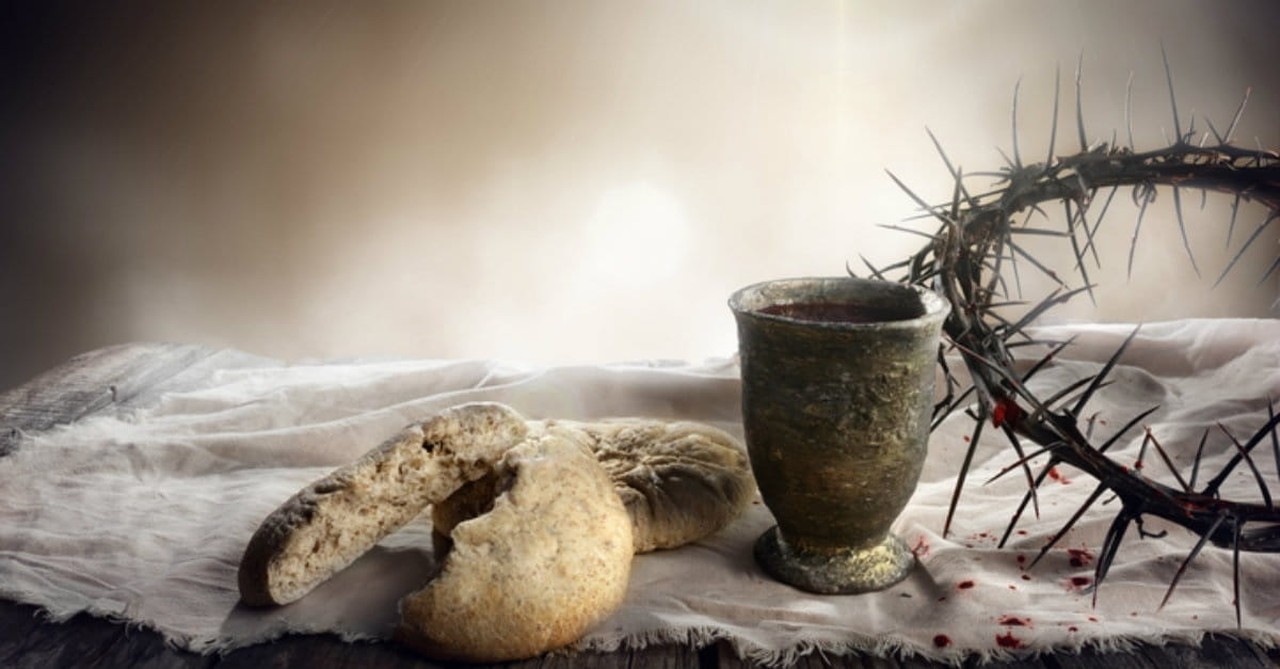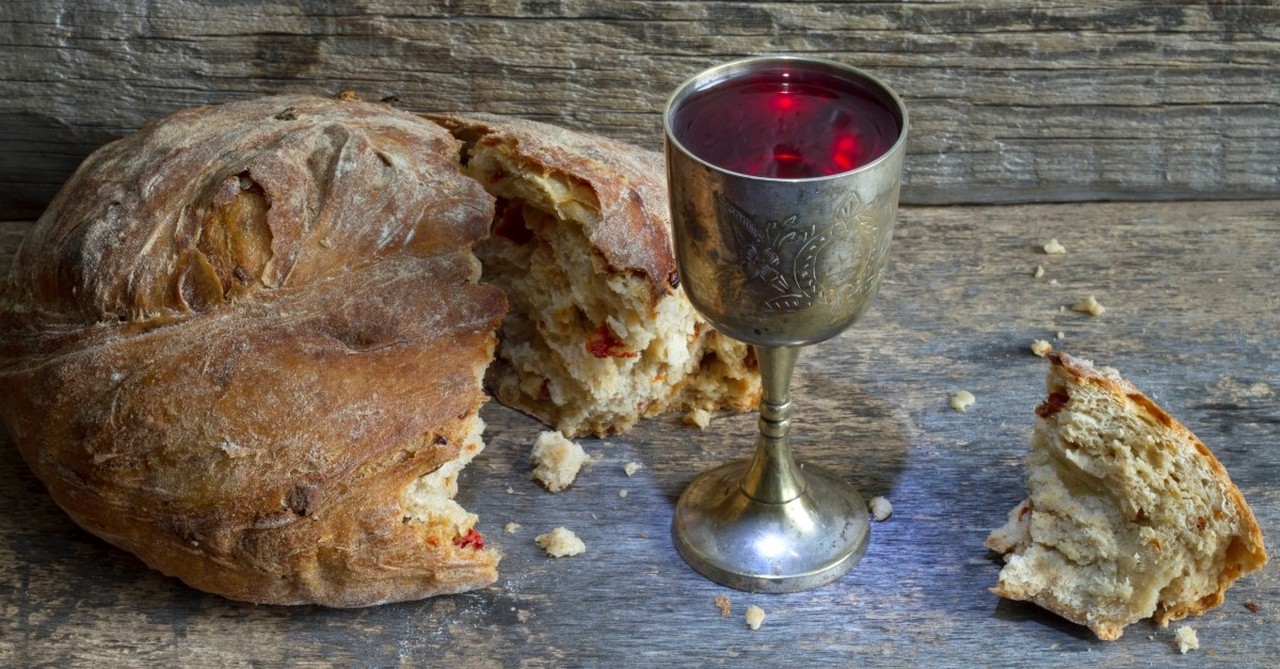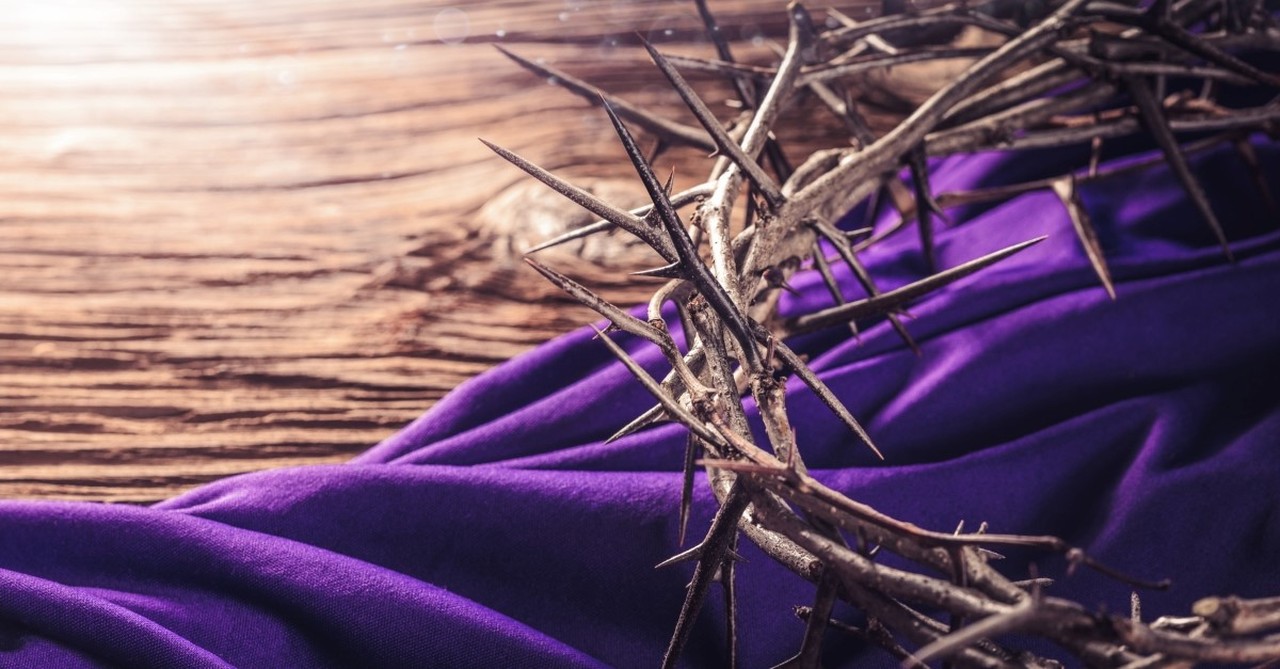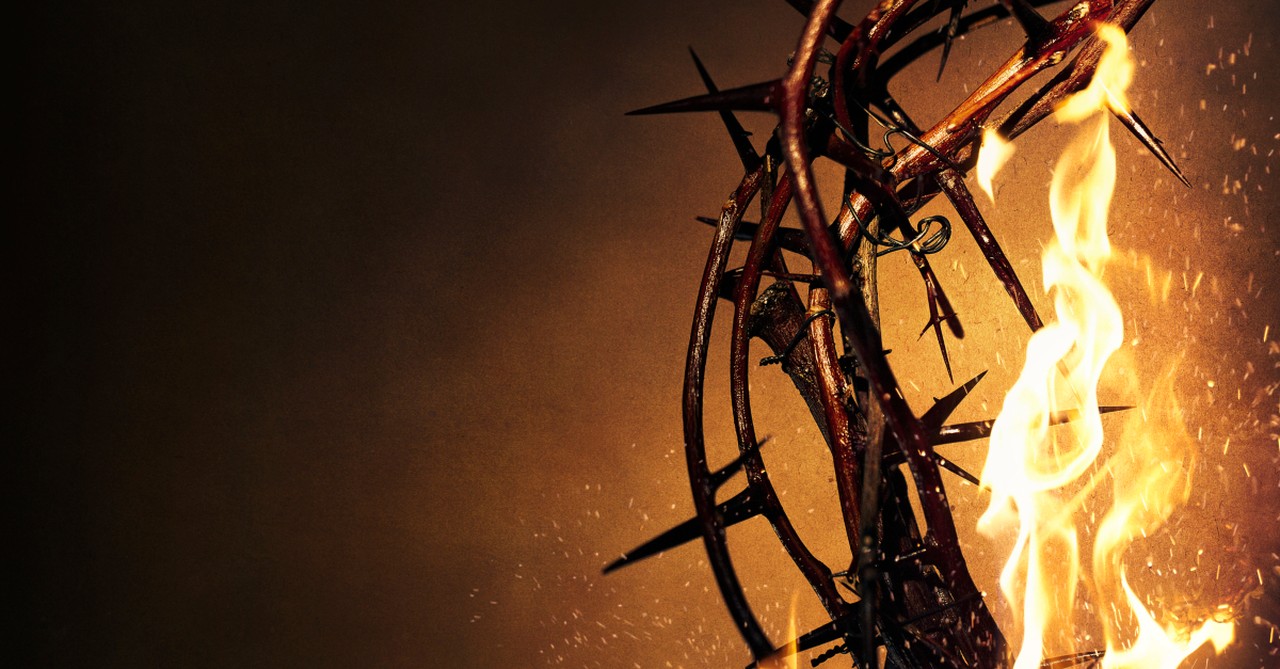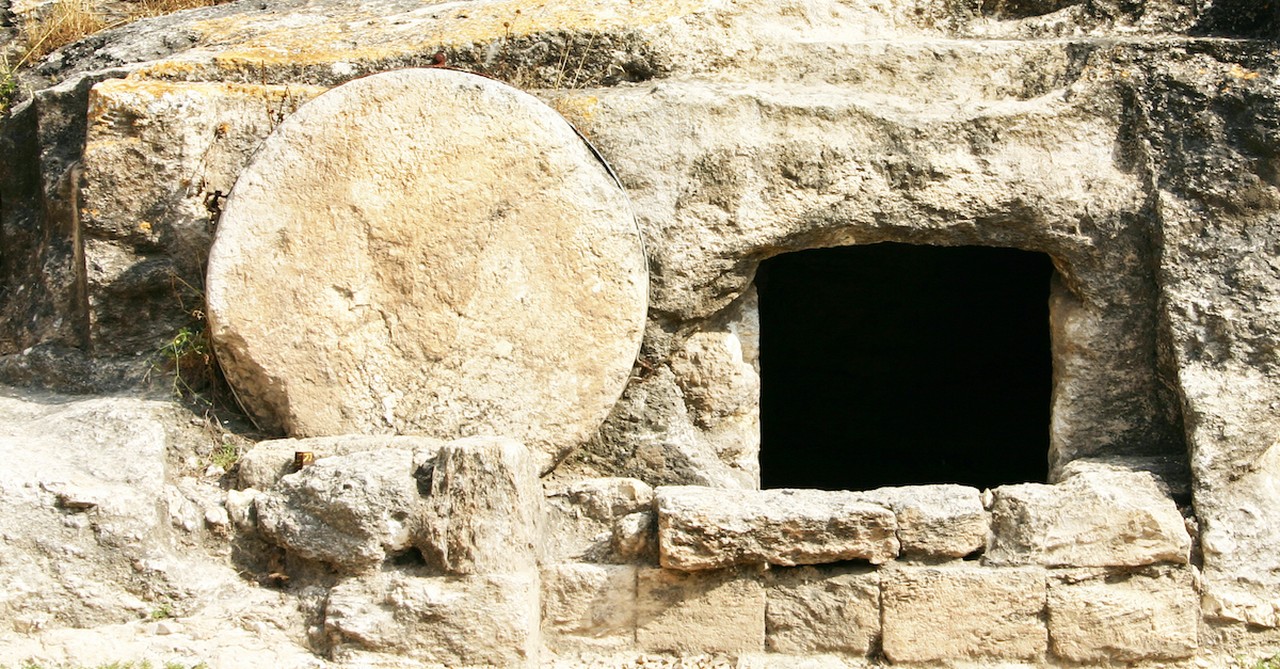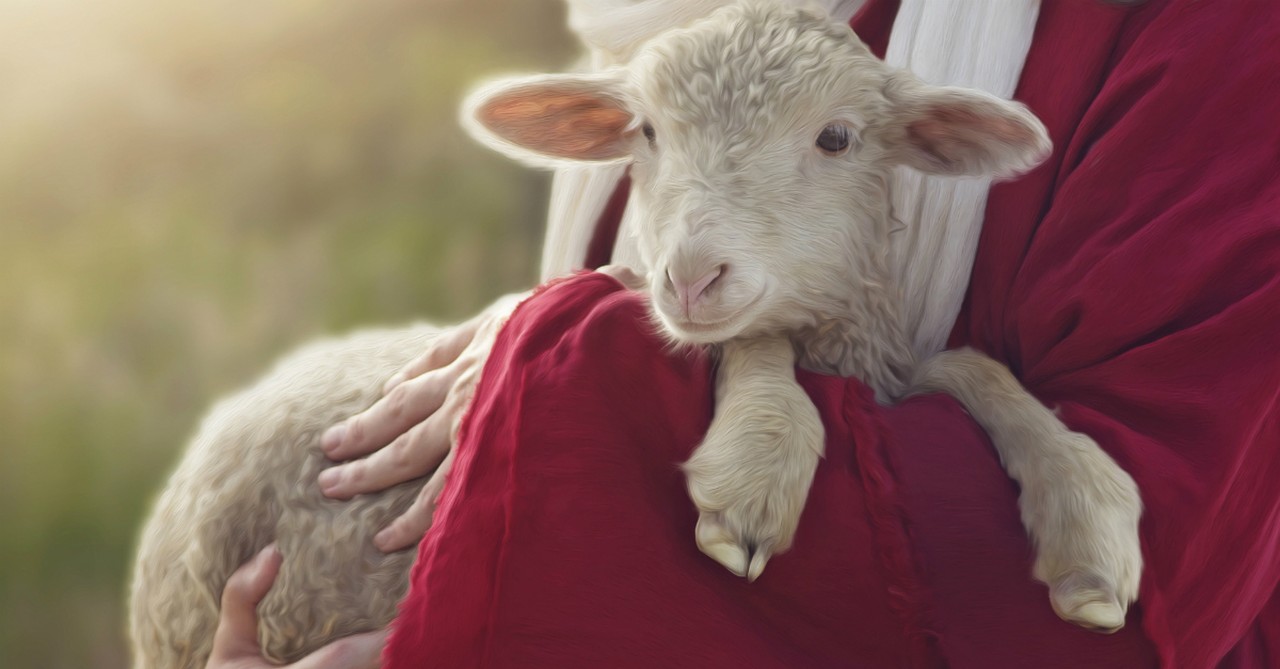The symbol of the Lamb of God holds profound significance during Holy Week, particularly in connection to the Passover and the Book of Revelation. In the Old Testament, the Passover lamb was a central element of the Israelites commemorating their deliverance from slavery in Egypt. According to Exodus 12, the lamb’s blood marked the doorposts of the Israelites’ homes, protecting them from the angel of death and leading to their liberation.
In the New Testament, Jesus is often called the Lamb of God. In John 1:29, John the Baptist declares, “Behold, the Lamb of God, who takes away the sin of the world!” John connects Jesus to the imagery of the Passover lamb and atoning sacrifice. Just as the Passover lamb was sacrificed for the salvation of the Israelites, Jesus willingly offered himself as a sacrifice for the sins of humanity. His death on the cross fulfilled the symbolism of the Passover lamb, providing redemption and deliverance for all who believe in him.
The Revelation also refers to Jesus as the Lamb of God. Jesus is depicted as a victorious lamb who conquers evil and establishes his reign. “Worthy is the Lamb who was slain, to receive power and wealth and wisdom and strength and honor and glory and praise!” (Revelation 5:12)
During Holy Week, the symbol of the Lamb of God invites us to reflect on the profound significance of Jesus’ sacrifice and to embrace the promise of redemption and eternal life found in him.
What Do These Holy Week Symbols Teach Us Today?
As we’ve seen, these symbols carry deep and significant meaning for all people, especially followers of Jesus who have placed their faith in him for salvation and eternal life. Words are important, but images are often artistic ways to tell stories, too.
Choosing to incorporate these images helps to remind ourselves and others of this amazing event, which is both historical and timeless, and eternal. This year, during Holy Week, let us allow God to use these symbols and images to make us more thankful and expressive in telling the greatest story ever told.
Peace.
Photo Credit:©GettyImages/KristiLinton


